Alexander Hamilton died on July 12, 1804, one day after being shot in the abdomen during a duel with longtime rival Aaron Burr in Weehawken, New Jersey.
American history will never forget the notorious Hamilton-Burr duel. After nearly two decades of insults, petty jabs, and smear campaigns, political rivals Alexander Hamilton and Aaron Burr decided to settle their differences in a fight to the death.
On July 11, 1804, the two men met in the woods of Weehawken, New Jersey, with nothing but a pistol and a witness each. By the following afternoon, Alexander Hamilton was dead — and Vice President Burr was wanted for murder. To this day, Burr is widely known simply as the man who killed Alexander Hamilton.
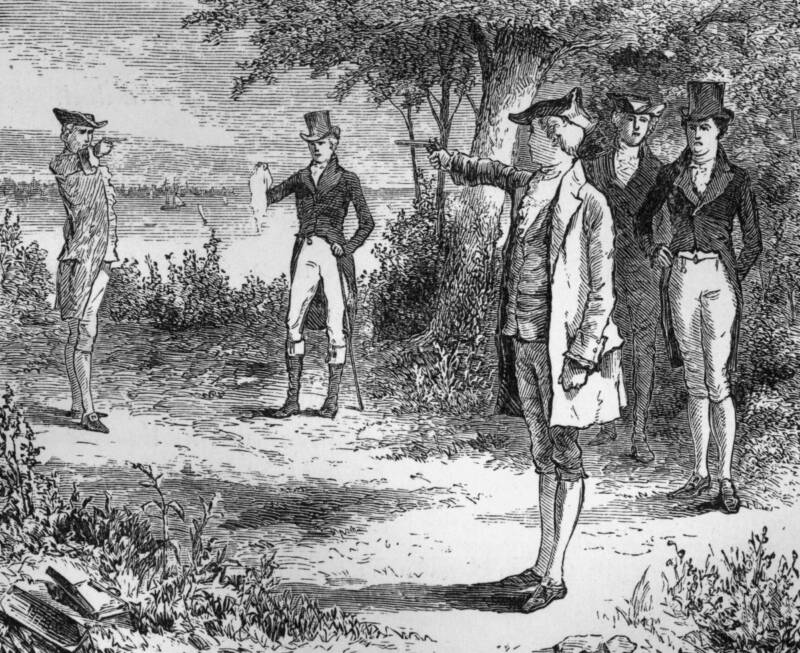
Getty ImagesThe rivalry between Vice President Aaron Burr (front) and former Secretary of the Treasury Alexander Hamilton (background) escalated from a few insults into a duel that ended in Alexander Hamilton’s death.
In 2015, their deadly feud was transformed into the hit Broadway musical Hamilton, which popularized the story of the two men while also ignoring much of the real history.
But how exactly did this bitter political rivalry lead to the Hamilton-Burr duel and end with Alexander Hamilton’s death?
Alexander Hamilton’s Rise From Orphan To Political Dynamo
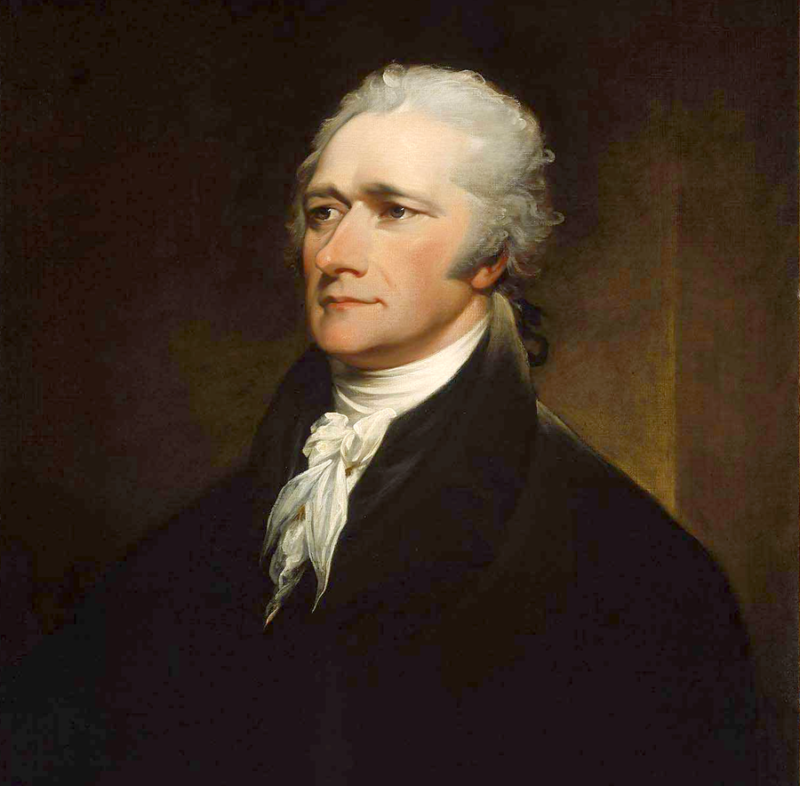
Wikimedia CommonsAlexander Hamilton was born out of wedlock and orphaned as a young man, yet he rose through the ranks of colonial politics and became a founding father.
Alexander Hamilton was perhaps one of the earliest examples of a man who achieved the American Dream. Before becoming the nation’s first Secretary of the Treasury, he was born out of wedlock on the Caribbean island of Nevis in the British West Indies. Hamilton’s birth year is disputed due to contrasting records and his own inconsistent claims, but historians generally that it was either 1755 or 1757.
After his family relocated to the Danish island of St. Croix, his father abandoned them and three years later, his mother died of a fever. Orphaned, a young Hamilton took up work under the accounting department at a local trading company. His employers were so impressed by his ambition and intelligence that he was quickly promoted and put in charge of operations.
Quick to capitalize on Hamilton’s potential, a local Presbyterian minister raised money from wealthier community members to send the young man to the U.S. where he could pursue an education. When he arrived in New York City, he stayed with a tailor named Hercules Mulligan who taught him about the American struggle for independence. He was a great influence on Hamilton and helped him to shape his ideas about the future of the country.
Hamilton later enrolled at King’s College (now Columbia University). At the time, tensions between the British government and the American colonists were at their peak. Along with other King’s College students, Hamilton joined a New York volunteer militia and in 1777, was invited by George Washington himself to serve as his aide-de-camp in the Revolutionary War.
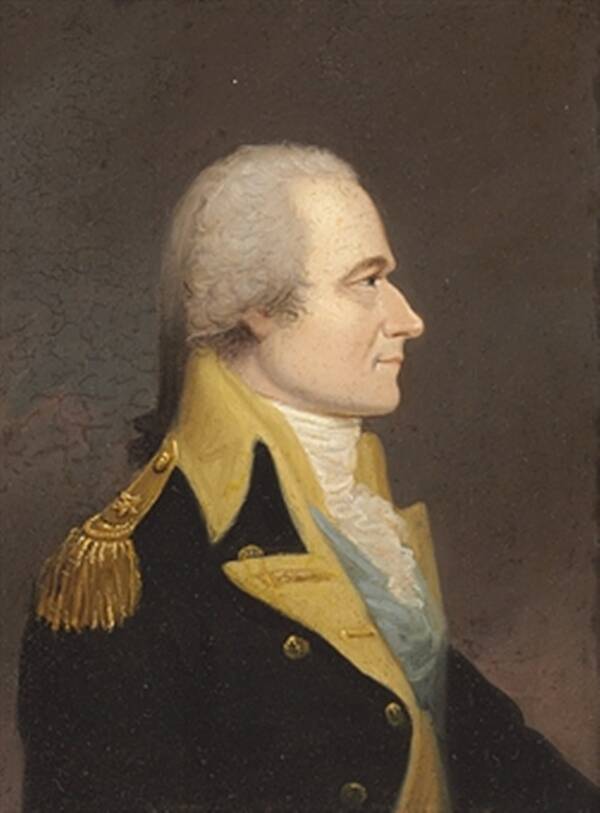
Wikimedia CommonsDespite his difficult childhood, Alexander Hamilton was a powerful politician by his late 20s.
When the war ended, Hamilton became a lawyer and was appointed to the Congress of the Confederation, which was an early form of the American government.
When the U.S. government was officially formed, Alexander Hamilton was made the first U.S. Secretary of the Treasury in 1789. As secretary, Hamilton formed the U.S. central banking system and later founded the Federalist Party, which was the first political party in the country.
In his later years in politics, Hamilton formed the U.S. Coast Guard and established friendly trade relations with the British government following America’s independence. In 1801, Hamilton founded the New York Post, which was a local publication that he may have started in order to publicize his own political crusades, but the Post nonetheless still exists today.
As the Secretary of the U.S. Treasury, the leader of a political party, and a close colleague of President George Washington, Hamilton wielded substantial political influence.
Despite this clout, Alexander Hamilton had enemies among his political circles. One of his most famous opponents was Aaron Burr, who would later become the nation’s third vice president — and the man responsible for Hamilton’s death.
The Origins Of The Feud Between Alexander Hamilton And Aaron Burr
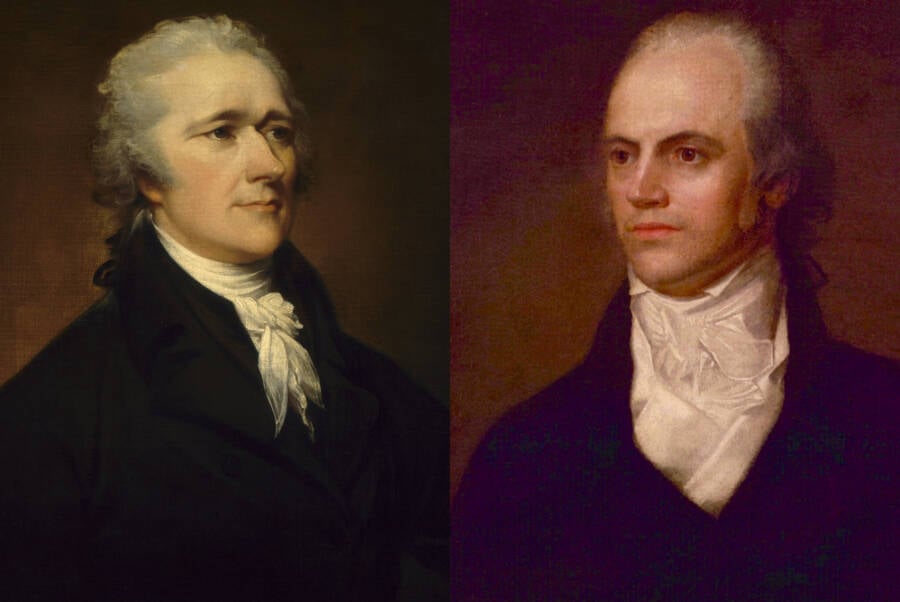
Wikimedia CommonsBefore he became known as the man who killed Alexander Hamilton, Aaron Burr attempted to abolish slavery following the Revolutionary War.
The story of how Alexander Hamilton died begins with Aaron Burr.
The latter was a highly influential politician before he became known as the man who killed Alexander Hamilton. In fact, the two men shared several similarities: They were both lawyers, both served as officers in the Revolutionary War, and both held powerful offices, with Burr elected as Thomas Jefferson’s vice president in 1800.
Despite all the ways in which they were alike, Alexander Hamilton and Aaron Burr couldn’t have held more different political views. Hamilton was a Federalist who advocated for a centralized government and for the presidency to be a lifetime position. Meanwhile, Burr was a Republican who preferred states’ rights over a central government and was wary of the powers that the president could wield.
Burr also founded the Manhattan Company, which was the first bank that was not under the complete control of the U.S. Federal Reserve or Hamilton himself.
The rivalry turned personal as early as 1791 when Aaron Burr successfully secured a Senate seat held by Philip Schuyler, Hamilton’s father-in-law. Hamilton was displeased with the outcome as he was counting on Schuyler to be able to back his political agenda.
But the Hamilton-Burr feud became even more pronounced leading up to the 1800 presidential election. When Thomas Jefferson and Aaron Burr tied for the Republican nominee, Hamilton actively campaigned for Jefferson. “I feel it is a religious duty to oppose his career,” Hamilton said of Burr.
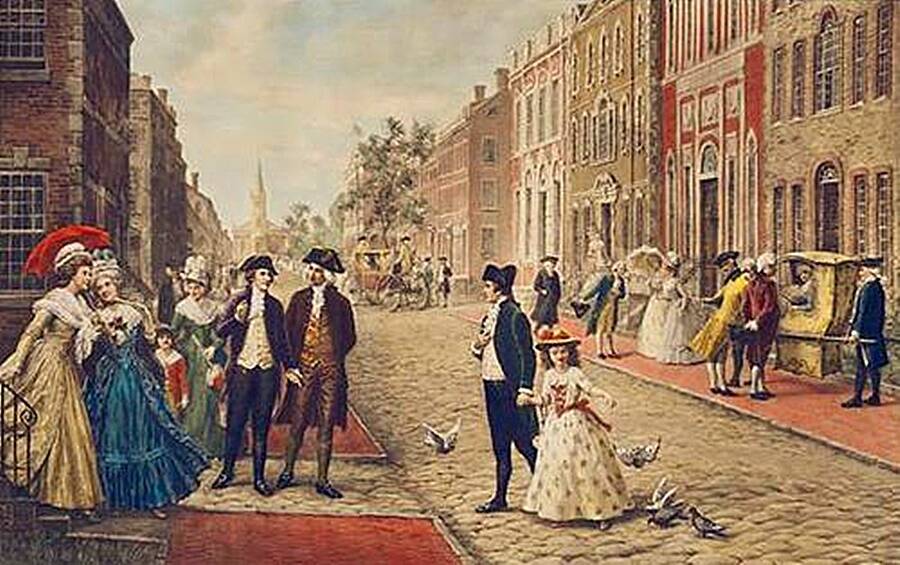
Wikimedia CommonsA depiction of Burr, Hamilton, and Philip Schuyler from 1790.
In turn, Burr obtained a copy of a document written by Hamilton titled The Public Conduct and Character of John Adams, Esq., President of the United States which harshly criticized President John Adams, who was a fellow Federalist. Burr’s public leak of the private document led to conflict within Hamilton’s party.
The event that led to the fatal Hamilton-Burr duel, though, was brought about during the gubernatorial race in New York in 1804. Breaking with his colleagues in the Republican party, Aaron Burr ran for the governor’s seat as an independent. Hamilton, perhaps horrified at the prospect of having his political enemy as his state governor, launched a smear campaign against him.
In the end, Burr lost, likely because of the lack of support from his former Republican colleagues. Then, the long-standing feud between the two men came to a deadly end. This was the beginning of the final chapter in the story of how Alexander Hamilton died.
The True Story Of The Hamilton-Burr Duel
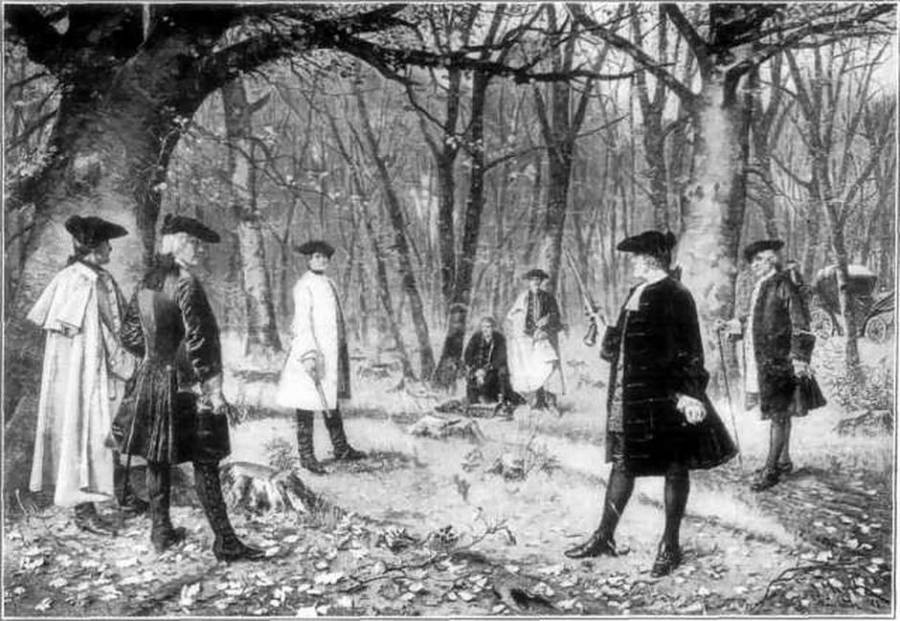
Wikimedia CommonsIt’s unclear how old Alexander Hamilton was when we he died because his birth year is contested. But he was likely around 50 years old.
While Hamilton was desperately trying to destroy Aaron Burr’s candidacy for governor, he made some particularly searing comments during a dinner party for local politicians in April 1804. This moment in particular figures heavily into the story of how Alexander Hamilton died.
Among them was New York Republican Charles D. Cooper who later relayed Hamilton’s negative remarks in a letter to Philip Schuyler, claiming that Hamilton had a “despicable opinion” about Burr. The letter was published in the Albany Register newspaper.
Hamilton refused to apologize for his disdainful remarks, even writing to his rival that “the more I have reflected the more I have become convinced, that I could not, without manifest impropriety, make the avowal or disavowal which you seem to think necessary.”
Having had enough of the years of slander Hamilton had brought against him, Burr finally challenged him to a duel.
The archaic practice had already been outlawed by that time, so on the morning of July 11, the two politicians made their way to a popular dueling ground in Weehawken, New Jersey, where they were less likely to be caught.
Each man brought with him a .56 caliber dueling pistol and a witness. Hamilton also brought along with him a doctor. Burr and Hamilton went to great lengths to conceal their weapons from their witness in order to protect them from prosecution. In order to deny their culpability, the witnesses even turned their backs when it came time to duel.
Consequently, what followed next remains in contention and the story of how Alexander Hamilton died is somewhat disputed to this day.
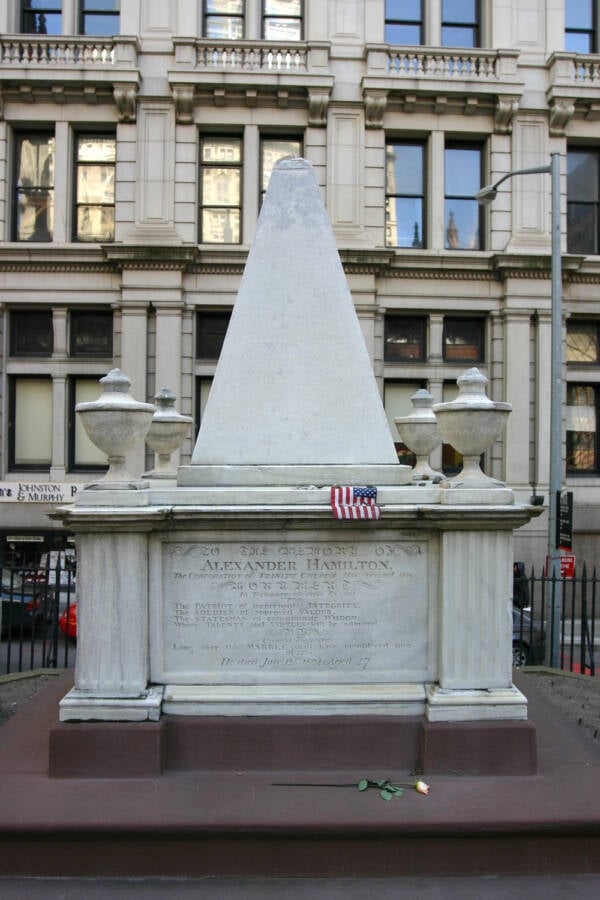
Wikimedia CommonsAlexander Hamilton was killed in the same location as his son, who was in a similar duel just three years prior. He was buried in the Trinity Churchyard Cemetery in Manhattan.
Hamilton’s doctor turned back around after he heard two shots fired and found Hamilton had fallen.
“When called to him upon his receiving the fatal wound, I found him half sitting on the ground, supported in the arms of Mr. Pendleton,” the doctor recalled. “His countenance of death I shall never forget.”
Burr, meanwhile, stood unscathed.
Hamilton was said to have fired first — only he aimed his bullet into the air. But Burr did not hesitate to return his enemy’s fire. The vice president shot Hamilton in the abdomen, mortally wounding him. As he lay dying, Hamilton reportedly told his doctor that he “did not mean to fire at him [Burr].”
Alexander Hamilton died the following day.
Why Hamilton misfired continues to be a topic of debate for historians. Some believe that it was a tragic mistake while others think it was intentional, given a letter that the secretary of the treasury had written shortly before the duel.
The document was published in the New-York Evening Post following Alexander Hamilton’s death. In it, the former secretary stated his strong opposition to duels and even relayed several reasons why he believed he should not participate.
“If our interview is conducted in the usual manner,” Hamilton wrote, “and it pleases God to give me the opportunity, to reserve and throw away my first fire, and I have thoughts even of reserving my second fire.”
As such, many historians and even Hamilton’s witnesses believed that he either never intended to fire at Burr at all or had actually fired in reaction to Burr’s shot. Burr himself never bought this account of how Alexander Hamilton died. When told that Hamilton meant to throw away his shot, Burr merely mumbled: “Contemptible, if true.”
In the end, the full truth about how Alexander Hamilton died may never be known for sure.
The Aftermath Of Alexander Hamilton’s Death
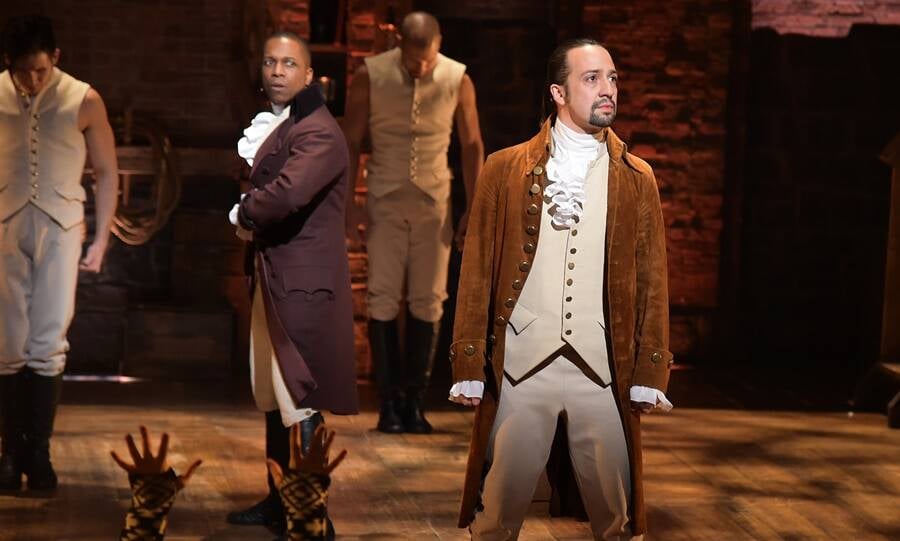
Theo Wargo/WireImagePlaywright and actor Lin Manuel-Miranda (right) as Alexander Hamilton and actor Leslie Odom, Jr. (left) as Aaron Burr in Broadway’s Hamilton.
After Alexander Hamilton’s death, Aaron Burr was charged with murder in both New York and New Jersey. The charges were dropped thanks to his friends in the Senate. Burr even managed to finish out his term as vice president despite being the man who killed Alexander Hamilton.
But Alexande Hamilton’s death tarnished his reputation. Three years after Burr shot Hamilton dead, he became entrapped in a treason scandal. Then, his second wife left him in a bitter divorce. She hired one of Hamilton’s sons as her attorney.
Then, Burr’s daughter, Theodosia Burr, mysteriously vanished while en route to meet him in New York.
After a judge acquitted him of the treason charges, Aaron Burr retreated to Europe. In 1812, he returned to New York where he continued to practice law, though never again held a public office. He died in 1836.
While Burr has since been cast as the villain who killed Alexander Hamilton, the reputation of the latter has been rehabilitated.
In July 2015, the award-winning musical Hamilton by Lin-Manuel Miranda debuted on Broadway. The show popularized Alexander Hamilton’s life story and showcased the shootout that killed him.
However, a number of historians have spoken out against the whitewashing of Alexander Hamilton’s legacy in the musical.
Among the musical’s most obvious inaccuracies is the portrayal of Hamilton as an abolitionist and pro-immigration politician. In truth, Hamilton was a slave owner and trader who vehemently opposed the expansion of rights for immigrants.
Meanwhile, Burr, who actually did hold progressive views on equality and immigration, was vilified in the play as merely the man who killed Alexander Hamilton.
Perhaps Burr knew what history might have to say of him and his feud with Hamilton, as he once mused, “I leave to my actions to speak for themselves and to my character to confound the fictions of slander.”
After this look at the Hamilton-Burr duel and the death of Alexander Hamilton, learn about the first political sex scandal in history between Alexander Hamilton and Maria Reynolds. Then, meet Sally Hemings, the woman who was both a slave and a mistress to Thomas Jefferson.





